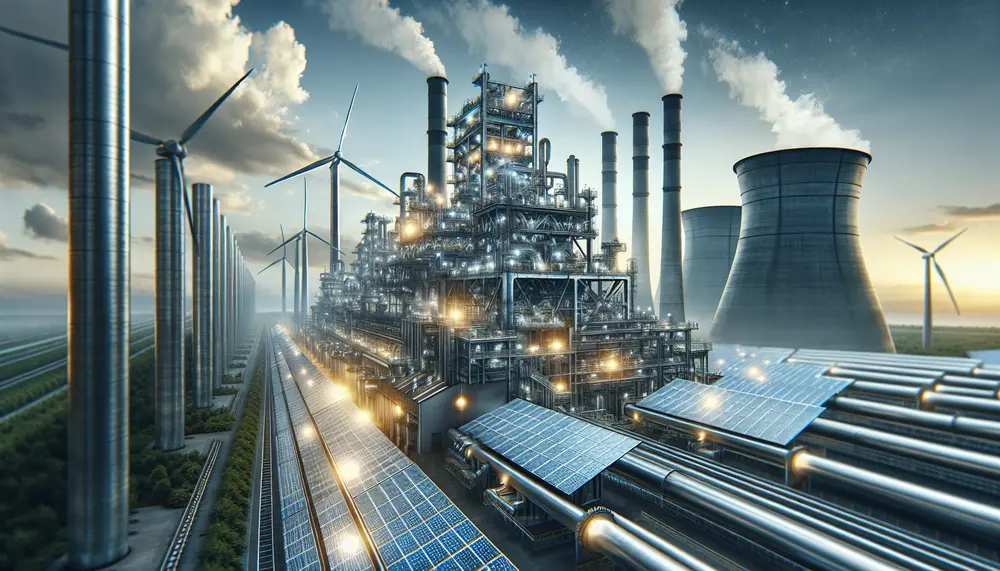Loading
Loading
Einleitung zu Loading im Stahlhandel
"Loading" ist ein Begriff, der in der Stahlproduktion und dem Stahlhandel sehr wichtig ist. Er liegt die Basis für jeden erfolgreichen Stahltransport. Loading bezieht sich auf den Vorgang des Verladens von Stahlprodukten auf ein Transportmittel, wie beispielsweise ein Schiff, einen Lastwagen oder einen Zug.
Warum ist Loading wichtig?
Loading bildet einen zentralen Teil des Stahlhandels. Ohne ein korrektes und effizientes Loading können Stahlprodukte nicht sicher oder pünktlich versendet werden. Ein gut geführter Loading-Prozess kann dazu beitragen, Beschädigungen am Produkt zu vermeiden und die Lieferzeiten zu verkürzen.
Methoden von Loading
Es gibt verschiedene Methoden des Loadings, je nachdem, welches Transportmittel verwendet wird. Zum Beispiel wird beim Loading auf ein Schiff oft ein Kran verwendet, um schwere Stahlprodukte zu heben und auf das Schiff zu verladen. Bei kleineren Transportmitteln, wie LKWs, werden oft Gabelstapler für das Loading verwendet. Unabhängig von der Methode ist es wichtig, dass das Loading mit Sorgfalt und Präzision durchgeführt wird, um Beschädigungen und Verzögerungen zu vermeiden.
Faktoren, die das Loading beeinflussen
Verschiedene Faktoren können den Loading-Prozess beeinflussen. Erstens spielt die Art des Stahlproduktes eine Rolle. So können zum Beispiel schwere Stahlerzeugnisse ein spezielles Loading-Equipment erfordern. Zweitens können Wetterverhältnisse das Loading beeinflussen. Schlechtes Wetter kann das Loaden sicherheitskritisch machen und zu Verzögerungen führen. Drittens kann auch die Infrastruktur des Verladeplatzes das Loading beeinflussen. Ein gut ausgestatteter Platz kann den Loading-Prozess beschleunigen und sicherer machen.
Loading im Kontext der Stahlproduktion
Im Kontext der Stahlproduktion ist das Loading ein wichtiger Schritt bei der Vorbereitung von Stahlprodukten für den Transport zum Markt oder zu anderen Produktionsstätten. Ein sorgfältiger Loading-Prozess kann dabei helfen, die Produktqualität zu erhalten und Produktverluste zu vermeiden.
Blog Posts with the term: Loading
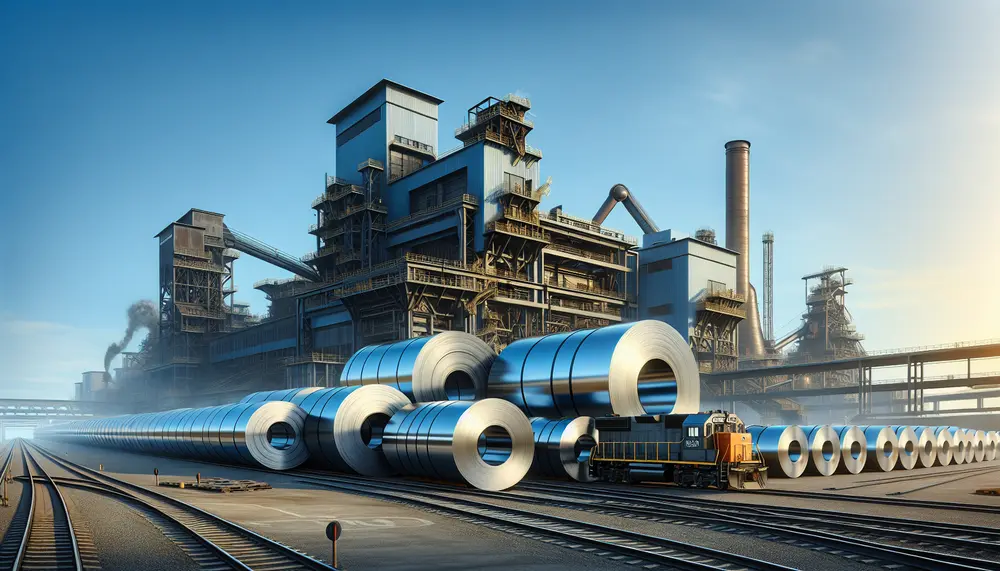
Romania's steel industry, led by LIBERTY Galati, is a key European player with strategic investments in technology and sustainability. The sector faces challenges like environmental impact but contributes significantly to the economy and innovation, aiming for carbon neutrality by 2030....
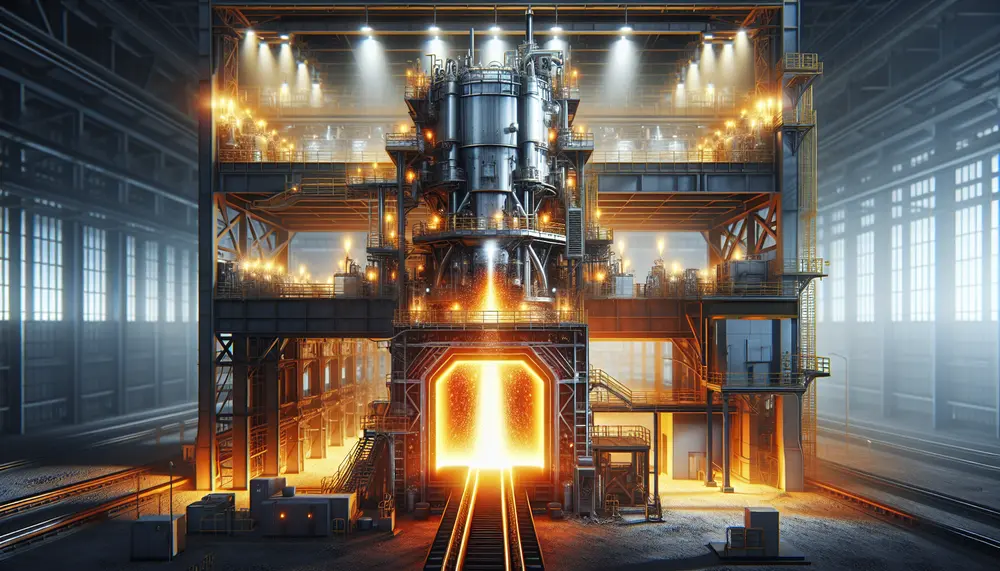
The Electric Arc Furnace (EAF) method is a sustainable and efficient steel production technique that uses recycled scrap metal, offering environmental benefits such as reduced CO2 emissions while also being adaptable to market demands. However, it has drawbacks like high...
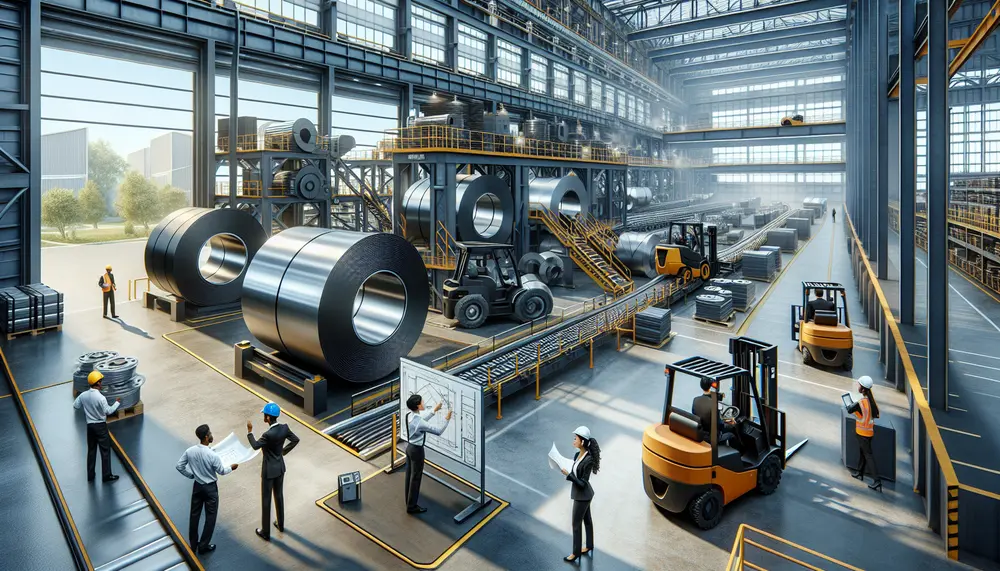
The article discusses the critical role of trading and logistics in the steel industry, highlighting key challenges such as complex supply chains and rising costs while presenting opportunities for improvement through advanced technologies, data analytics, and sustainable practices. By leveraging...
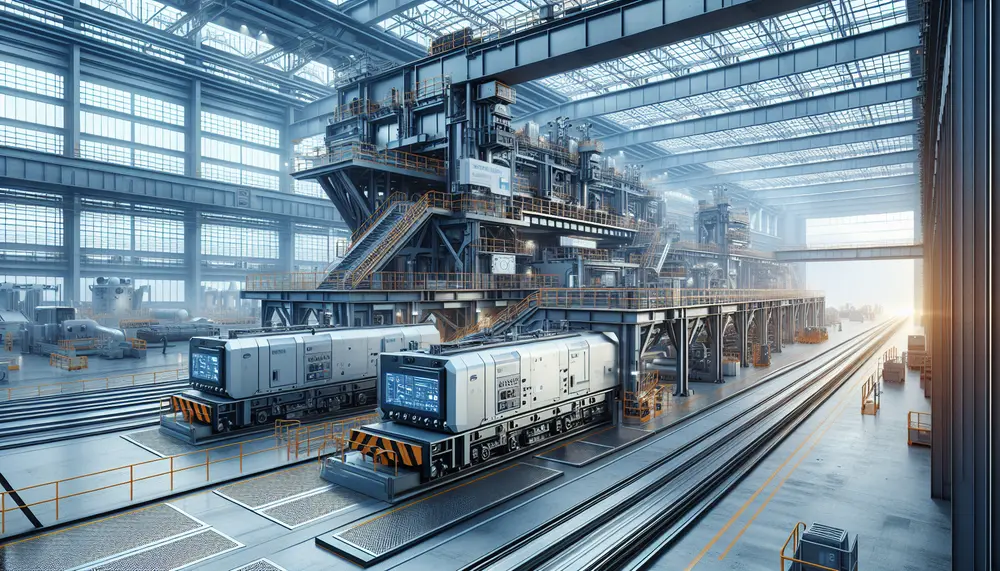
Steel making machines have revolutionized the industry by increasing production speed, improving quality, and enabling precise designs through automation and advanced technology. Automation in steel production has evolved from manual processes to sophisticated machinery that enhances efficiency, safety, and sustainability...
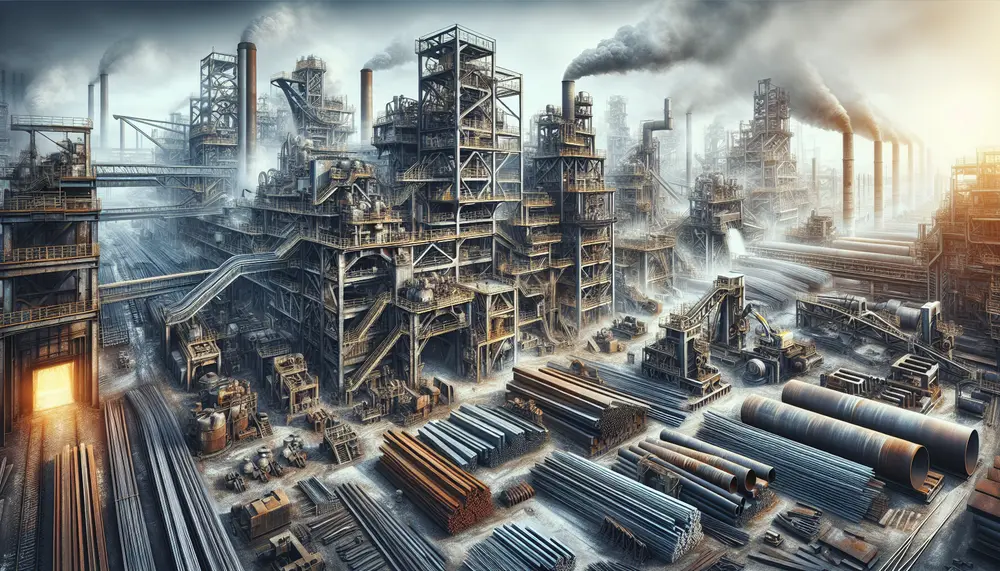
Steel fabrication involves transforming raw steel into structures or products using various techniques like cutting, bending, and joining to ensure strength and quality. Material selection is critical in this process as it affects the performance and longevity of the final...
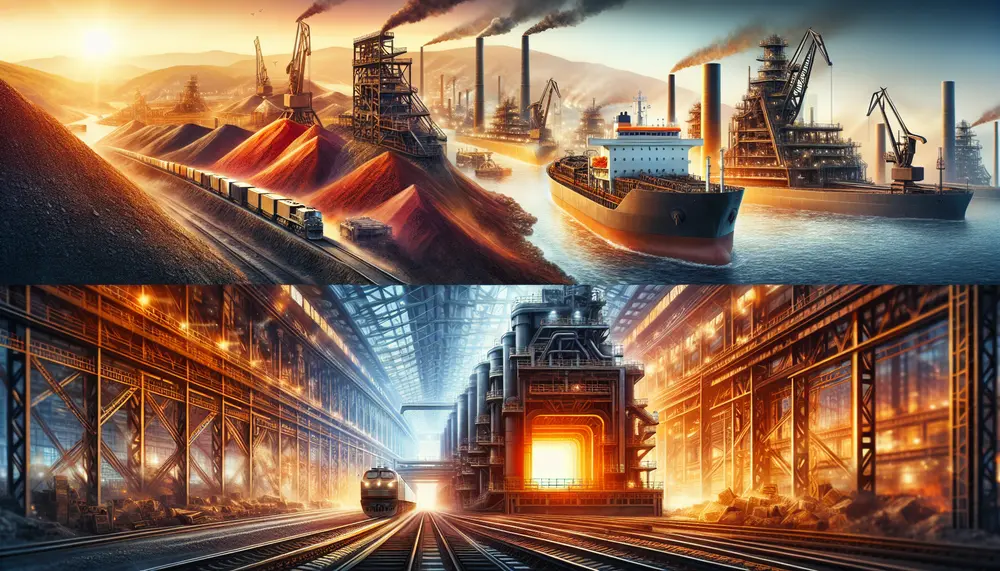
The steel making process transforms iron ore into a vital and robust material through complex technical procedures, reflecting human ingenuity and progress. This journey from extraction to the final product involves meticulous steps including smelting in blast furnaces, oxidation for...
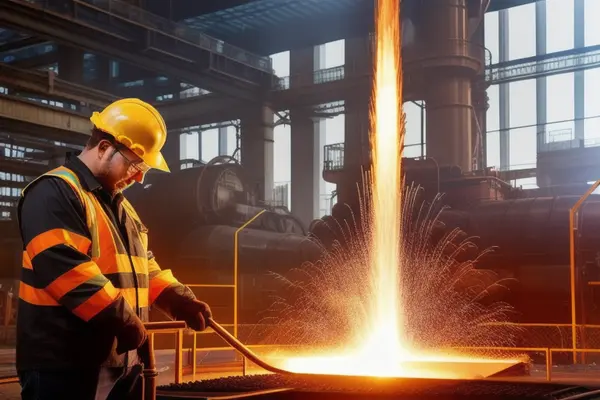
This article provides a comprehensive overview of the steel making process, from understanding raw materials like iron ore, coke and limestone to exploring key processes such as blast furnace operation and Basic Oxygen Steelmaking. It highlights how these elements interact...
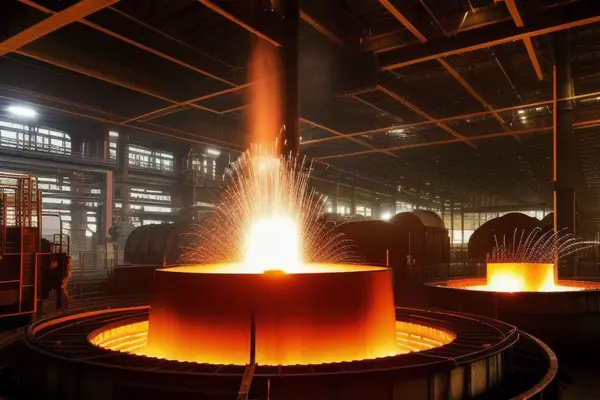
The steel making process begins with the extraction of raw materials, primarily iron ore and coke. The process involves smelting in a blast furnace to produce pig iron, which is then purified and mixed with alloying elements before being cast...
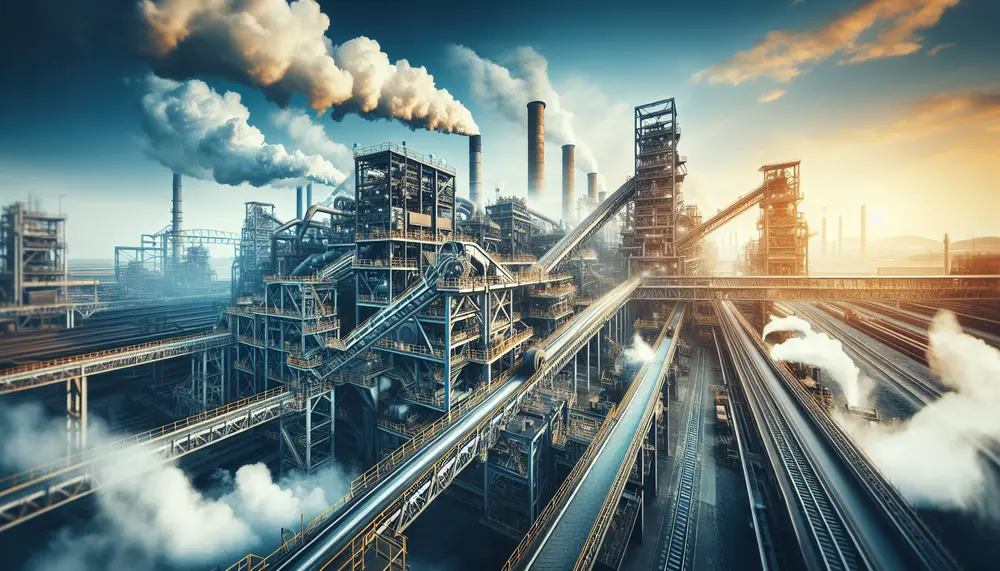
Steel production transforms iron ore into steel through a series of steps that refine the material and add elements like carbon. The process involves mining, beneficiation, sintering, pelletizing, blast furnace smelting with coke and limestone to produce pig iron, followed...
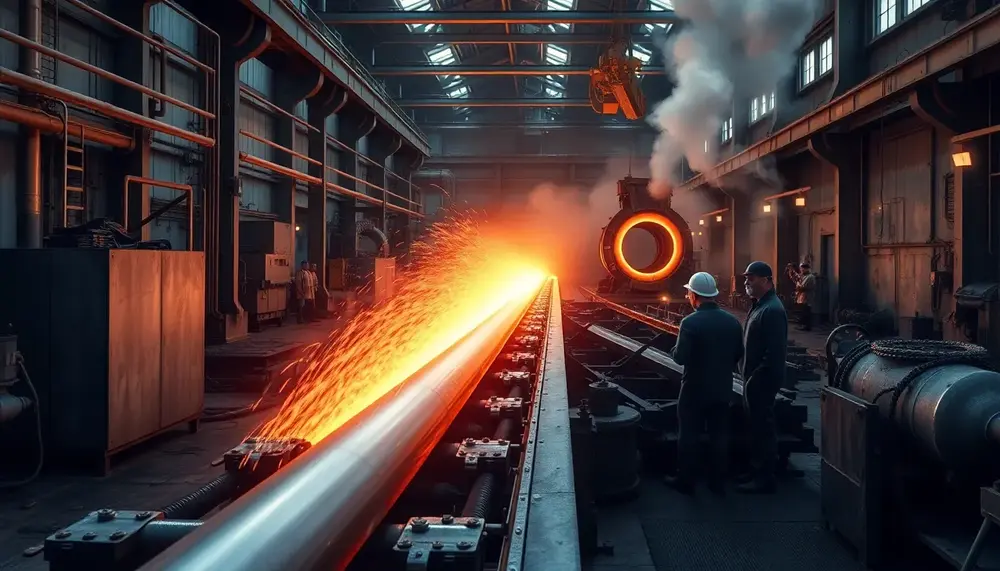
Task 1 in steel rod manufacturing, the preparation of raw materials like iron ore, yellow ore, and carbon, is crucial for ensuring product quality and consistency. This stage requires precision in material selection, ratios, and mixing techniques to set a...
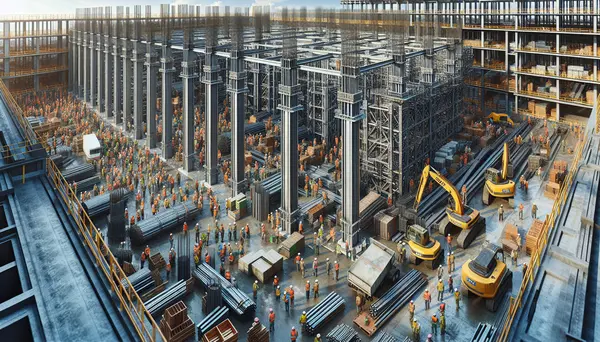
Steel structural products, due to their strength, durability and versatility, are crucial in modern construction. They offer high strength-to-weight ratio for sturdy yet lightweight structures, resistance against deformation and environmental forces like wind or seismic activity; they're predictable and environmentally...
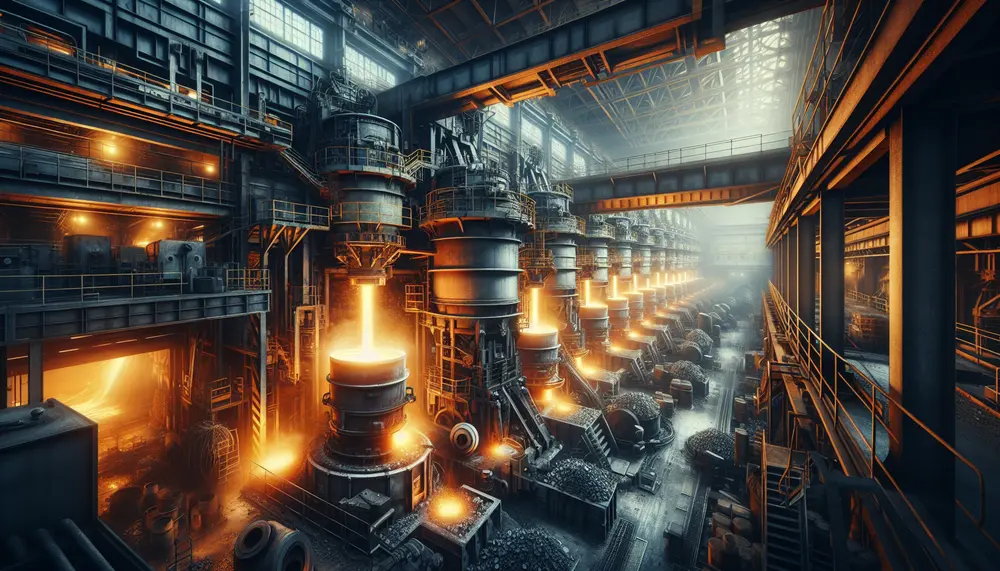
The steel making process transforms iron ore into the alloy of steel, involving steps like smelting in a blast furnace and refining in either a basic oxygen or electric arc furnace. The industry relies on raw materials such as iron...
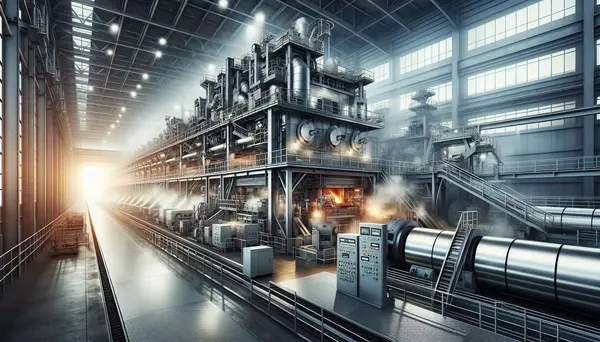
Efficiency is key in the steel industry, with advanced techniques such as automation and robotics, lean manufacturing principles, energy efficiency measures, data analytics and supply chain optimization being used to boost production. These methods not only increase output but also...
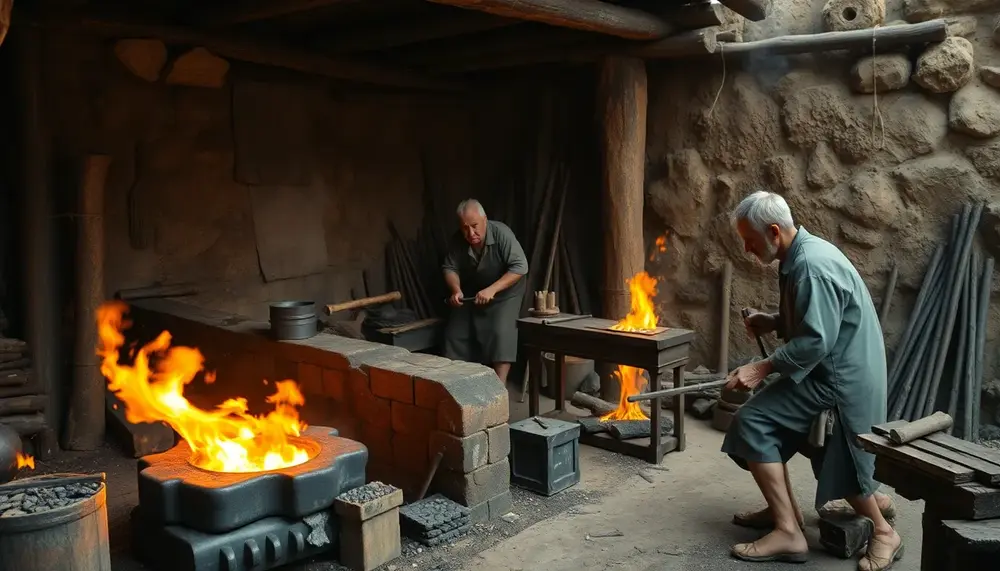
Wootz steel, originating in ancient southern India, was renowned for its unique microstructure and exceptional performance, fueling centuries of global trade and legend....

